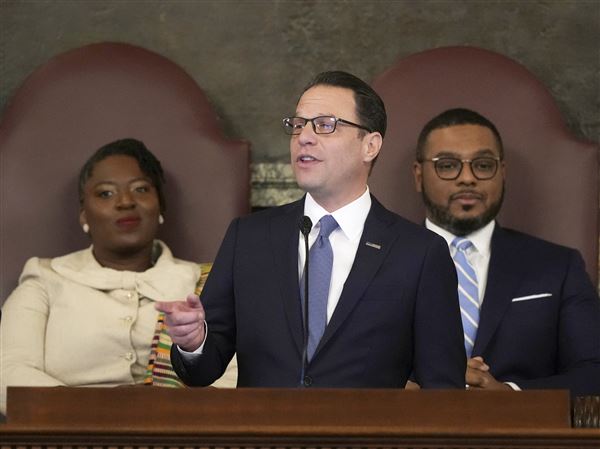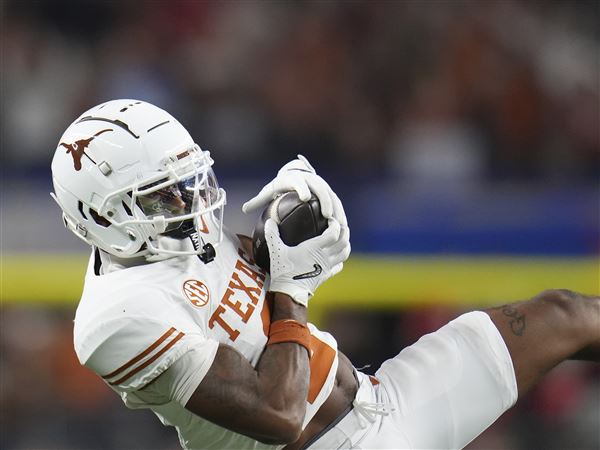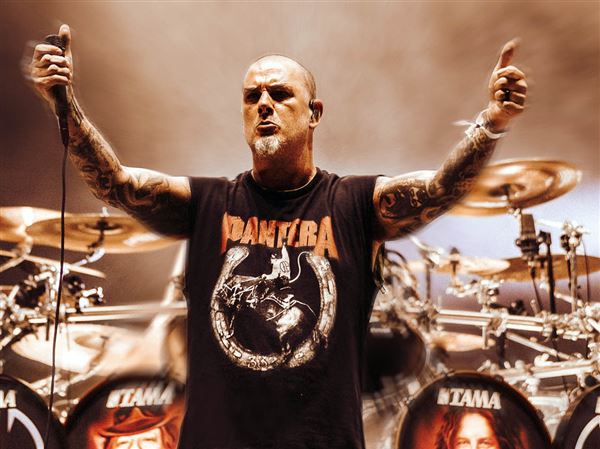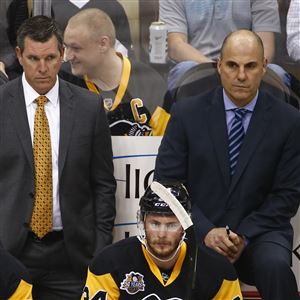Back in the fall, in what ended up being his final offseason as Pittsburgh’s gambling general manager, Jim Rutherford stared down a philosophical decision.
Did the Penguins, after two premature playoff exits, need a new identity?
In hindsight, it was probably foolish to think that Rutherford, 71 at the time and flashing three Stanley Cup rings on his fist, wasn’t going to double down.
Of course the Penguins, with a handful of moves, leaned into team speed.
In September one noteworthy analyst, while giving due respect to a Hall-of-Fame team-builder, questioned if the Penguins had enough to win another Cup.
“I do a lot of interviews and I’m happy to give GMs advice. Jimmy’s one I would hesitate about giving advice to because he’s really good at his job,” he said. “I love his temperament. He’s sour about this. … I still like their team and I love Jimmy’s aggressive instincts. But I’m not sure teams haven’t blown by them.”
The analyst was Brian Burke, the team’s new president of hockey operations.
Six months later, Burke and general manager Ron Hextall are making the decisions after Rutherford surprisingly stepped down two weeks into the season. Given that they haven’t changed up much, one assumes Rutherford did an OK job.
The only significant addition Burke and Hextall have made to the roster since then is deadline pick-up Jeff Carter, who’s looked good through three games. Otherwise, they are eagerly watching to see how Rutherford’s last hand plays out.
Before analyzing the moves made, we must acknowledge the ones he didn’t.
Sidney Crosby, Evgeni Malkin and Kris Letang are still here. Ditto for Mike Sullivan, who had to say goodbye to two loyal assistant coaches but was retained.
While trading Crosby was never a consideration because that would be idiotic, he has been excellent again at 33. He presumably does not have the production to be a Hart finalist, not with Connor McDavid, Leon Draisaitl and Auston Matthews piling up points in the all-Canadian division. But he’s still a top-10 NHL player.
Letang, despite some early struggles, has been one of the NHL’s most productive defenseman since the start of February while holding it down defensively.
Malkin, after a sluggish first 20 games, was awesome in early March. But he’s been injured the last five weeks. Given the age of the team’s inner core, it was probably inevitable that one would miss a chunk of time. In 2021, it was Geno.
Even so, it’s hard to imagine the Penguins being better having traded one.
“They’re all future Hall of Famers,” Rutherford said in December. “They’ve had great success in Pittsburgh. They still have a lot of good hockey in them.”
The other key holdover was Sullivan. He has once again showed he is one of the NHL’s top head coaches, even if he is left off Jack Adams Trophy ballots for a second straight year. This guy, without a doubt, is a top-five coach in the NHL.
OK, let’s get to the supporting cast. That’s going to make or break this team.
Rutherford made a trio of trades. His most daring sent Patric Hornqvist and his scary long-term contract to the Florida Panthers for Mike Matheson, whose long-term contract looked to be even more terrifying, along with Colton Sceviour.
In this hot-take, embrace-debate sports media world, it’s no fun to say a trade has worked out for both teams. But, for both teams in the short term, it has.
The Panthers, a talented team that needed an established and possibly insane veteran to push them over the top, has one of the league’s best records. Hornqvist has 30 points in 41 games and is doing Horny stuff for the power play.
Matheson, meanwhile, might be Pittsburgh’s most fun player to watch beyond Crosby and a healthy Malkin. Dude can skate like few others in the league and has a borderline arrogance about his ability to blow by everyone else. Does he have issues defensively? Sure. But he’s been a snug fit in Sullivan’s scheme.
Both Matheson and Hornqvist, despite their limitations and onerous contracts, are more helpful to their new teams than they would be to their old ones. Matheson is helping the Penguins play faster. And their power play, which has preached player movement under Todd Reirden, has been on a tear since March 1.
That said, given the term on Matheson’s deal, this one remains unsettled.
Rutherford’s other controversial move was trading his top pick in 2020 and some other stuff for Kasperi Kapanen. This reporter certainly questioned it.
Rutherford’s thought process was that he wanted to increase the team’s Cup odds in the short term. And he wasn’t wrong there. Only three players selected in the 2020 draft have played in an NHL game. They all went in the top six.
“When you look at what our goal is, to contend within this group of [Crosby, Malkin and Letang], these are the kind of deals you have to make,” GMJR said then. “You know at some time you might pay the price for that down the road.”
Now, it’s fair to wonder if Rutherford could have landed a better NHL player with that No. 15 pick had he wanted until the draft. But Kapanen was on fire, putting opponents on their heels and pumping Malkin to life, before he got hurt.
Rutherford made one other offseason deal, opting to keep Tristan Jarry and sending Matt Murray to Ottawa for a second-rounder. That, especially given Murray’s price tag, was a no-brainer then. Google their 2021 stats for confirmation.
Given their tenuous salary-cap situation, especially with the pandemic wrecking the NHL’s financial outlook, Rutherford could only shake up the group via trade. When free agency begin, he was stuck searching for K-Mart blue-light specials.
Mark Jankowski has been a bust. He shouldn’t and probably won’t be in the lineup when the Penguins start. But he’s making the minimum salary. No biggie.
On the flip side, Cody Ceci has been an absolute steal on a one-year contract worth only $1.25 million. The Penguins are using him on the second pair and have smartly teamed him up with a capable puck-lugging blue-liner in Matheson. He’s also being trusted to kill penalties alongside Brian Dumoulin in their first wave.
Evan Rodrigues, who like Jankowski is making $700,000 salary, has been useful. And while Jared McCann continues to be inconsistent at 5-on-5, the decision to give him a $2.94 million salary as a restricted free agent was certainly sensible.
Alright, so far we’ve looked at each of Rutherford’s final moves through a narrow lens. So let’s zoom out and look at the bigger picture of their Cup hopes.
Will the Penguins go deeper in 2021? That’s the 81.5-million-dollar question.
Here’s a hot take for you since yinz love them so much: We’ve got no idea.
It’s fair to wonder if the Penguins have what it takes to win. They’re a top-10 team in the NHL but probably a tier below Colorado, Tampa Bay and Carolina. The East Division portion of the playoff bracket will be a gauntlet. And Pittsburgh, without a doubt, is the smallest and least physical team among the top four.
Ultimately, the standard is high here, with all those Cup banners dangling from the rafters at PPG Paints Arena. Rutherford’s final moves have put the Penguins in a position where they have a decent chance. The deadline deal for Carter increased their odds, with his big fame and two-way game and playoff pedigree.
Even if it’s not enough in 2021, Rutherford deserves credit for the work he did after their disappointing 2019-20 season. You can grumble about some of the bets that he made before then. But GMJR has the Penguins back in the mix now.
“If the Penguins can get through these injuries and … the goaltending holds up, this is a team that can turn out to be pretty good,” he said after resigning.
Matt Vensel: mvensel@post-gazette.com and Twitter @mattvensel.
First Published: April 19, 2021, 12:28 p.m.























